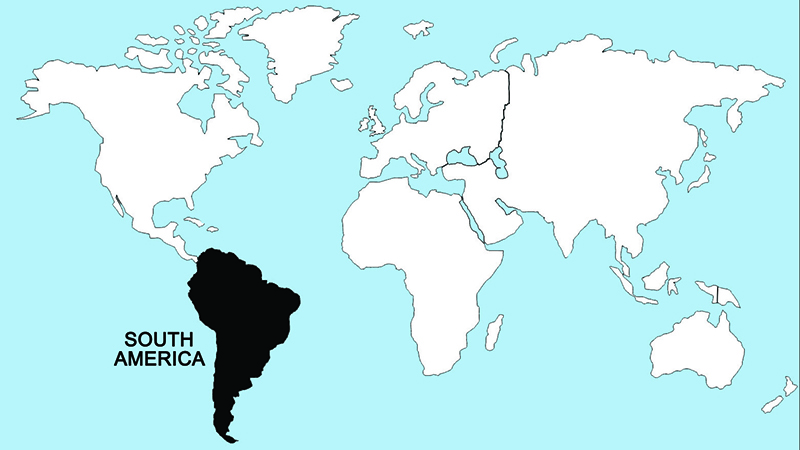Brown [Yellow-billed] Pintail
![Brown [Yellow-billed] Pintail](/data/images/appliedecology/madsonbird/brown-yellow-billed-pintail.jpg)
Flock sizes and sociality may well differ between the abundant South American mainland form and the relatively rare South Georgia race, but the latter is much better studied. Breeding seasons undoubtedly vary widely across the enormous range of this species, and even in temperate regions such as Chile they appear to be quite prolonged. Two broods are evidently raised in the central provinces there, the first nesting starting in August and the second brood appearing in January or February. In the mountains and to the south the nesting is more restricted, and occurs between October and December. Nesting sites chosen by brown pintails are simple, merely scrapes on dry ground reasonably close to water, or hidden in coarse grass, rushes, or tussock grasses. The clutch size of the Chilean race is normally between four and ten eggs, probably averaging about seven. However, on South Georgia the brown pintail apparently never lays more than five eggs, which probably reflects its smaller body size as well as local ecological factors. Only the female incubates, and, at least for the Chilean race, the incubation period is 26 days. The male apparently normally joins the female after hatching to help rear the brood.
Regions Birds Are Found

Collection Location & Year
Argentina 2000
Taxonomy
| Order | Anseriformes |
|---|---|
| Family | Anatidae |
| Tribe | Anatini |
| Species | Anas |
| Genus | georgica |
Gender
Male
References
- Johnsgard, P. A. 1975a. North American Game Birds of Upland and Shoreline. Lincoln, NE: Univ. of Nebraska Press.
- Johnsgard, P. A. 1978. Ducks, Geese and Swans of the World. Lincoln, NE: Univ. of Nebraska Press.
- Elliot, A., J. del Hoyo, J. Sargatal, and C. Imboden, eds. 1992. Handbook of Birds of the World. Vol. 1 (Ostriches to Ducks). Barcelona, Spain: Lynx Editions.
- Kear, J. 2005. Ducks, Geese and Swans. London, UK: Oxford University Press.